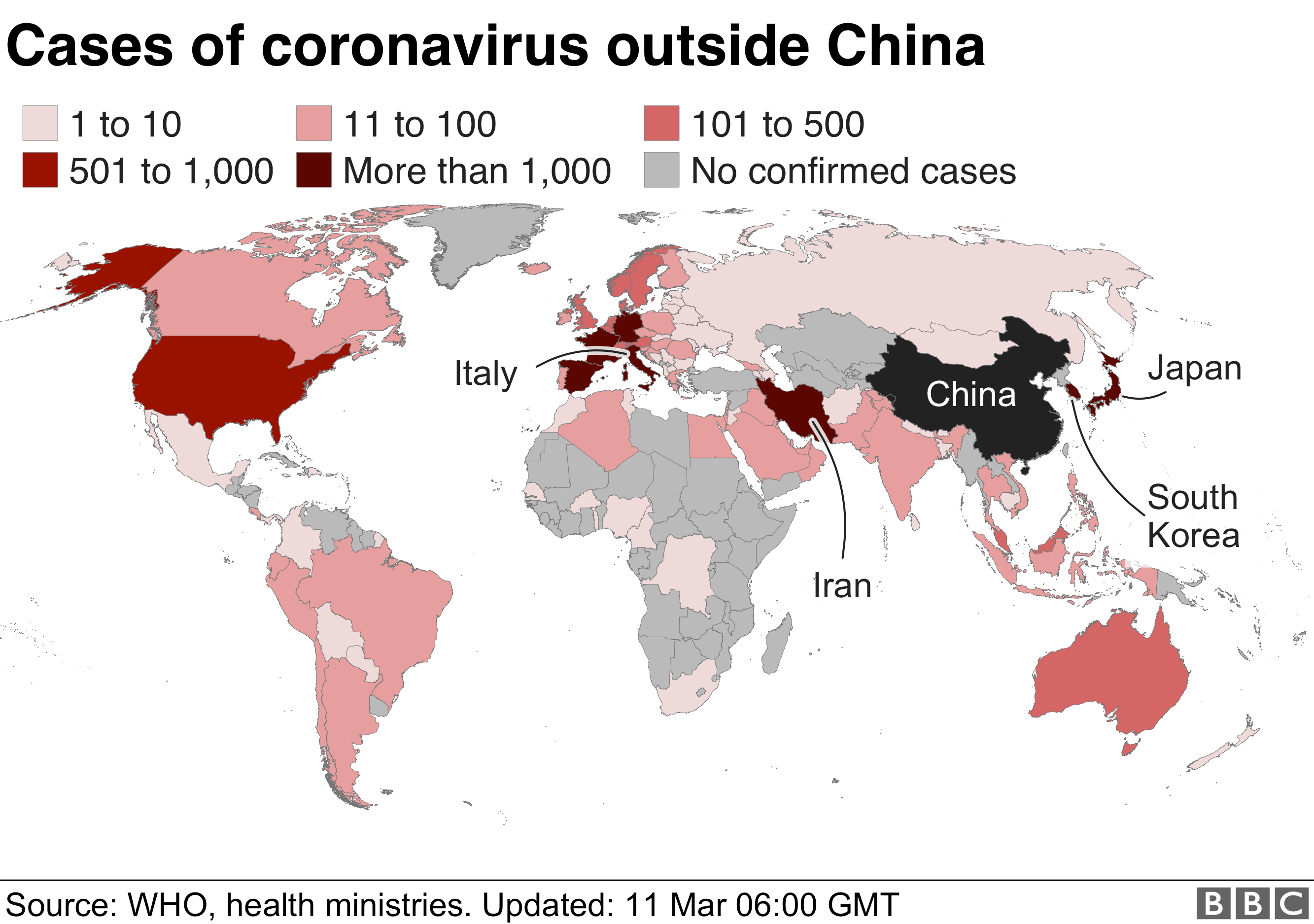Choosing the Right Airport & Carrier
As an Indonesian citizen residing in Batam Island, one of the initial considerations when planning international travel is securing convenient transportation options to a major airport. Batam’s Hang Nadim International Airport unfortunately offers limited international routes. Instead, the recommended option is taking a short ferry ride from Batam to Singapore’s mainland and continuing by taxi to Singapore Changi Airport, one of Asia’s busiest aviation hubs with extensive worldwide connections. While direct flights to Northeast Asian destinations may have formerly been possible, the current pandemic environment necessitates careful selection of an airline known for flexible policies and reliable services during uncertain times. Singapore Airlines in particular stands out as a premier carrier offering seamless transit opportunities through their Singapore hub to reach final destinations across Korea, Japan and China when entry permissions allow.

Securing Necessary Travel Documentation
The next crucial step is obtaining the proper visas and health certifications now demanded by most Northeast Asian governments. Korea, Japan and China have all implemented strict measures limiting non-essential inbound travel during ongoing outbreaks. Even for permitted entry, requirements like negative COVID and Blood tests within 48 hours of departure add complexity. Close attention must also be paid to each country’s rules around transiting through third nations. While no Singapore transit visa is needed as an Indonesian citizen, direct flights from Batam would not satisfy China’s policy disallowing routing through other countries. Careful preresearch is imperative to avoid last-minute issues derailing travel plans.
Considering Lengthy Quarantine Policies
A major commitment international travelers must understand is the likelihood of extended quarantine periods upon arrival. Even with proof of negative pre-departure tests, Korea, Japan and China currently mandate 14-21 day isolation either in designated facilities or private lodgings. This has practical implications like arranging accommodations and sustaining oneself during what amounts to a small vacation. For those with flexible work situations, longer-term quarantines may be surmountable obstacles. But the costs and disruption to normal plans require prudently considering if travel is absolutely necessary amid a continually evolving outbreak. Postponing trips may be the wisest choice for most during a time of ongoing pandemic uncertainty.
Contingency Planning for Rapidly Changing Rules
No matter how diligently one researches regulations beforehand, the coronavirus has proven it can spark abrupt policy modifications with little warning. What was permissible for travel one week may become prohibited the next. As such, budgeting additional funds for potential changed flight arrangements or extended stays represents sensible contingency planning. Communicating closely with employers about potential last-minute quarantine extensions also allows maximum flexibility. Overall, only traveling if one has the means and mental fortitude to roll with unexpected punches inherent to pandemic-era global movement stands the best chance of a smooth trip. Patience, flexibility and Backup plans are key.
Evaluating Personal Risk Tolerance
Ultimately, no level of preparation removes all uncertainty from international travel currently. For those not bound by essential work obligations, reassessing one’s risk tolerance provides perspective on necessary precautions. Higher-risk groups like the elderly or those with health issues would be well-advised to delay trips.
But for younger, healthy individuals accepting possible short-term quarantine placements as an inevitable part of exploring the world again, implementing careful planning makes overseas movement safer. Weighing scientific opinion and one’s own risk profile helps determine the prudence of traveling or waiting until outbreaks further abate. An open yet cautious mindset serves travelers best today.

 How Long Does it Take for a Naval Fleet to Travel from Norfolk to the Mediterranean?
How Long Does it Take for a Naval Fleet to Travel from Norfolk to the Mediterranean?